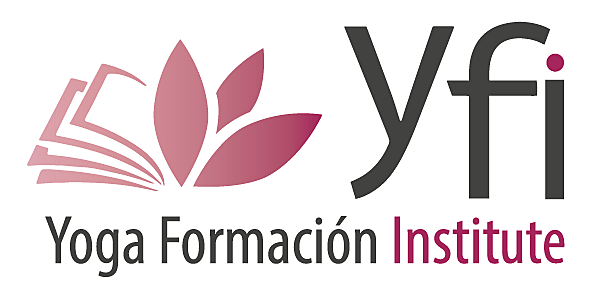Fundamentals of Yin Yoga
Practice with relaxed muscles and hold postures longer.
With these two bases, it is easy to realize that the tension and work of the body is different from those of dynamic practices.
The range of motion is also explored from the joints, but fascia, ligaments and tendons are used instead of the muscles - which in active dynamics are active.
The stretch is deep and must be done with delicacy and care to provide stability to the joints without degenerative.
At the muscle and connective tissue level, this deep stretching mobilizes prana (Qi) through the energetic lines of the body.
Yin Yoga in practice
Postures are held for two to five or even ten minutes. The class or sequence is defined by the objective of the practice and there is no exact regulation because it is not a dogmatic style.
Yin Yoga aims to move the body by exploring the range of motion. Alignment is not the goal and there must be comfort within the feelings. That is to say, it is a matter of finding the point of stretching or aim of energetic movement from the feeling.
Self-observation allows longer postures. More than a meditation in itself, Yin Yoga is an excellent preparation for it.
The Yin Yoga supports all types of supports (blankets, heels, wall, chairs, bolsters, etc.) that facilitate the entry and maintenance of the posture. That is why the asanas can be adapted to the practitioner so that he can find the stretch that is always sought within its limits and anatomy.
Yin Yoga has been linked with Restorative Yoga. However, the goal of Yin Yoga is to nurture rather than restore. The sensation after a practice may resemble what the body feels after receiving a massage.

